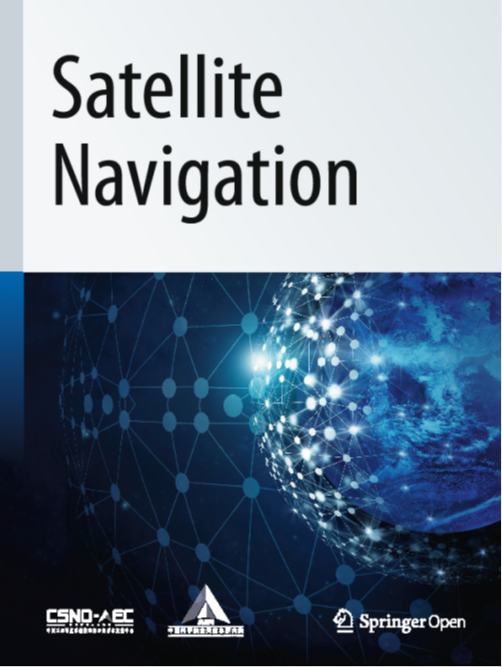A rigorous real-time acoustic positioning method for ocean bottom seismic exploration
IF 10.1
1区 地球科学
Q1 ENGINEERING, AEROSPACE
引用次数: 0
Abstract
The conventional technique for positioning seafloor geophones in ocean bottom seismic exploration encounters several challenges, including the significant impact of outliers on positioning results, underutilization of high-precision observations, and low efficiency in real-time data processing. These issues inevitably affect the quality of seismic exploration outcomes. To address these challenges and enhance the accuracy of geophone positioning, this paper proposes a rigorous real-time acoustic positioning method for geophones based on sequential adjustment and Baarda's outlier detection approach. The proposed method comprises three key steps: grouping the original acoustic observations, constructing the intra-group acoustic positioning model, and synthesizing the positioning results across the different groups. The validity and practicality of this approach are confirmed through a simulation experiment as well as the field experiment conducted in the Bohai Sea, China. The results demonstrate that the proposed method effectively eliminates outliers in the original observations and maximizes the utilization of high-quality observations. Compared to traditional acoustic positioning methods, it significantly reduces positioning errors from meters to decimeters, and in some cases can achieve centimeter-level precision. When the sound velocity profile in the operating sea area is measured, the method can attain the posterior standard deviation at the millimeter level and positioning errors within 10 cm. When the sound velocity profile is unknown, the method can achieve the posterior standard deviation at centimeter-level and positioning errors of approximately 20 cm.用于海底地震勘探的严格实时声学定位方法
海底地震勘探中海底检波器的传统定位技术遇到了一些挑战,包括异常值对定位结果的重大影响、高精度观测数据利用不足以及实时数据处理效率低等。这些问题不可避免地会影响地震勘探成果的质量。为了应对这些挑战,提高检波器定位的准确性,本文提出了一种基于顺序调整和 Baarda 离群点检测方法的严格的检波器实时声学定位方法。该方法包括三个关键步骤:将原始声学观测数据分组、构建组内声学定位模型以及综合不同组的定位结果。该方法的有效性和实用性通过模拟实验和在中国渤海进行的现场实验得到了证实。结果表明,所提出的方法有效地消除了原始观测数据中的异常值,最大限度地利用了高质量的观测数据。与传统的声学定位方法相比,它能将定位误差从米级大幅降低到分米级,在某些情况下甚至能达到厘米级精度。当测量作业海域的声速剖面时,该方法的后标准偏差可达到毫米级,定位误差在 10 厘米以内。当声速剖面未知时,该方法可达到厘米级的后验标准偏差,定位误差约为 20 厘米。
本文章由计算机程序翻译,如有差异,请以英文原文为准。
求助全文
约1分钟内获得全文
求助全文
来源期刊

Satellite Navigation
Multiple-
CiteScore
19.40
自引率
6.20%
发文量
25
审稿时长
12 weeks
期刊介绍:
Satellite Navigation is dedicated to presenting innovative ideas, new findings, and advancements in the theoretical techniques and applications of satellite navigation. The journal actively invites original articles, reviews, and commentaries to contribute to the exploration and dissemination of knowledge in this field.
 求助内容:
求助内容: 应助结果提醒方式:
应助结果提醒方式:


